October rolled in, and with it came a familiar sight across Baja, pink ribbons, smiling nurses, and the humming of …


October rolled in, and with it came a familiar sight across Baja, pink ribbons, smiling nurses, and the humming of …
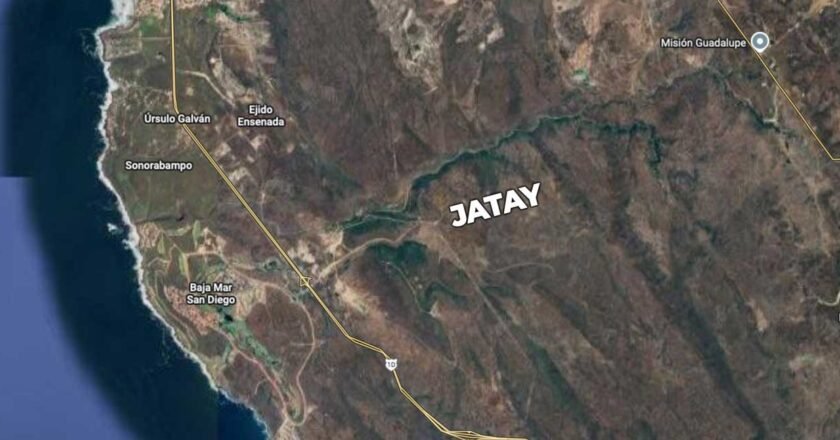
They call it the “Bypass,” but it’s really a lifeline in waiting. The plan is to open a third route …
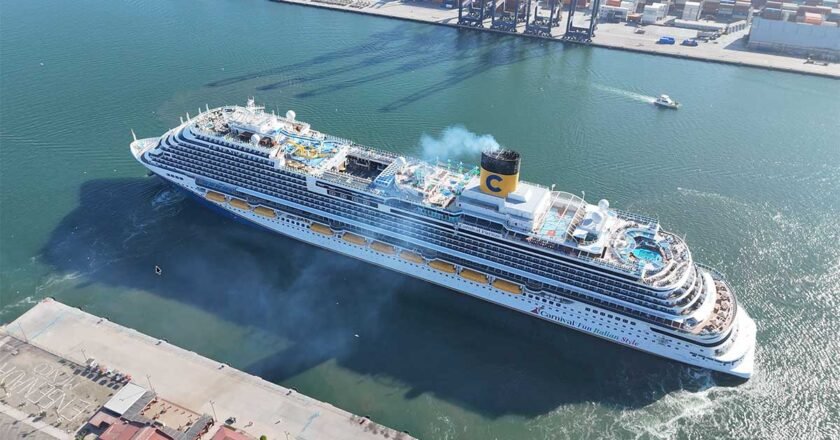
If Ensenada feels a little busier this October, it’s not your imagination, it’s 36 cruise ship calls on the calendar. …

Because Apparently, We Still Need More Places to Wi-Fi and Complain About Wi-Fi Mexico’s long-standing love affair with frappuccinos, “personalized” …
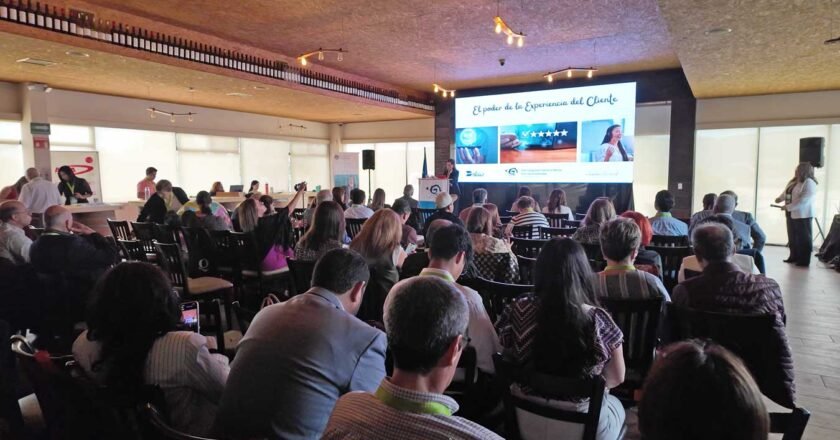
On September 26, 2025, the vineyards of Corona del Valle in Ensenada swapped their usual symphony of cork pops and …
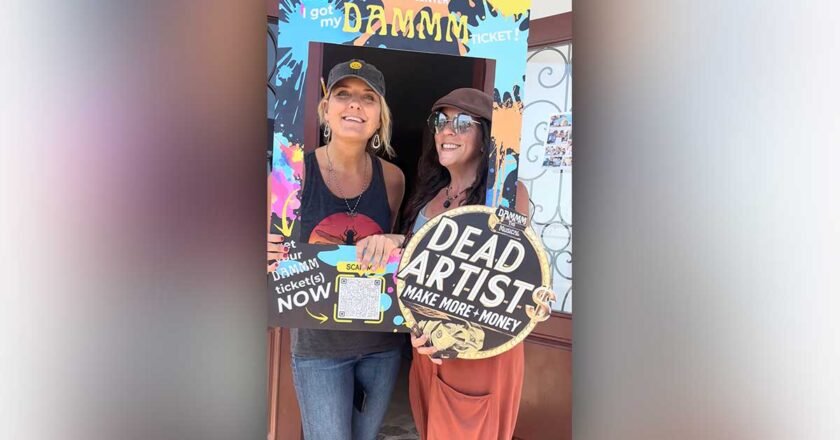
If you think the art world is full of egos, scandals, and ridiculous schemes — you’re right. And now, you …

For the first time in its nearly six-decade history, the legendary Baja 1000 will both start and finish in Los …

In case you missed it between tacos and sunsets, Baja California just got a financial thumbs-up from Moody’s. That’s right …
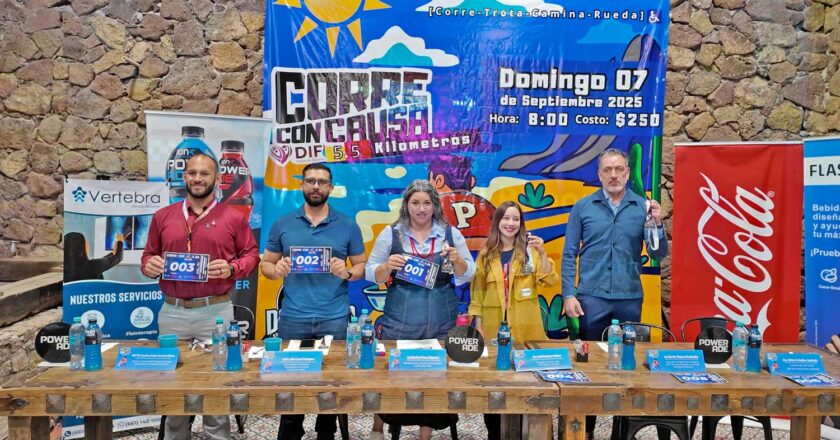
Rosarito is lacing up its running shoes — or maybe just its walking shoes — for the first ever Corre …
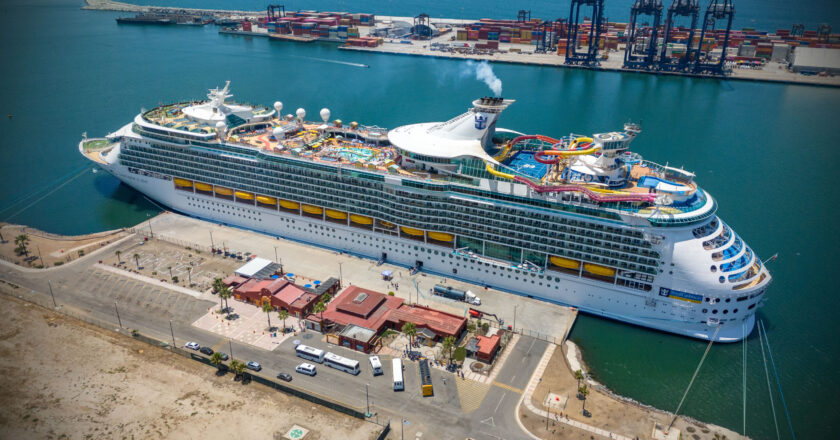
Ensenada’s cruise port got a bit of extra sparkle yesterday with the arrival of the Navigator of the Seas, one …